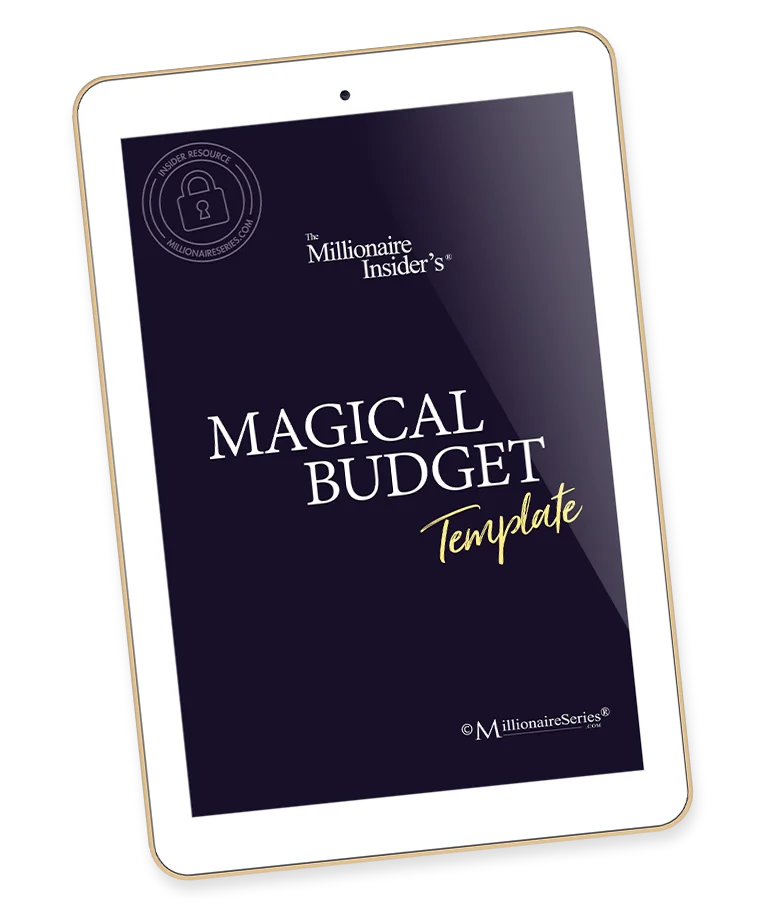Planning for health insurance when you are retired is an integral part of a successful financial strategy.
Medicare is a federal government health insurance program. The program is for people 65 and older. In addition, this insurance may be used for disabled people as decided by The Social Security Administration. One signs up through The Social Security Administration.
Disclosure
All materials and intellectual property are copyrighted by MillionaireSeries.com®.
This information is for educational purposes only. It is not intended to replace any advisor or specialist or provide any investment, financial, tax, retirement, planning, or healthcare advice.
By reading this, you agree to hold MillionaireSeries.com® and its affiliates harmless for results achieved or not achieved.
When do you sign up for Medicare?
You have seven months to sign up for Medicare. In addition, you may sign up three months before or after turning 65. People may delay signing up if any of the following apply.
They have:
- Insurance through his employer or his spouse’s employer.
- CHAMPVA, COBRA, or TRICARE.
- Private insurance or insurance through the marketplace.
There is a late payment penalty if you do not sign up during the allowed window. There is also an increase of 10% on the monthly premium of Medicare Insurance. You’ll pay this monthly penalty for twice the number of years you could have gotten Part A but did not.
Explanation of Part A, B, C & D Plans

Part A
What is Part A regarding Medicare?
A portion of the funding for Medicare, Part A, comes from the 1.45% FICA tax we pay into from your earnings.
Part A of Medicare covers inpatient hospital care, skilled nursing facility care, hospice care, and some home health care. It is a part of the federal government’s original program to guarantee healthcare for people over 65 years old or those with certain disabilities. Part A is funded through payroll taxes and premiums paid by beneficiaries. It does not cover medications, most long-term care, or dental care. However, it provides coverage for hospital visits, stays in skilled nursing facilities, and some home health services. It also covers hospice care for those with terminal illnesses. This coverage is an important benefit for many seniors and people with disabilities who rely on it for their healthcare needs.
You can receive coverage without paying a monthly premium if you are eligible for Medicare Part A. However, if you do not meet the eligibility requirements, there may be an additional cost to obtain coverage under this part of the program. In addition, keep in mind that even if you have Part A coverage, it does not cover all healthcare costs. For example, you may need to pay out-of-pocket for certain services such as prescription drugs, vision, and dental care. Therefore, it is essential to understand exactly what it covers so that you can make an informed decision about your healthcare needs.
Part B
Medicare Part B is optional and similar to an individual wanting coverage.
For example, the cost in 2023 is $164.90 per month for most people. In some cases, a person may have to pay more. (This will be discussed later.) Part B covers services from physicians, outpatient care, lab tests, and other items, such as preventative care. 
If you need support determining how to budget for a supplemental plan, click here and download The Magical Budget Template:
Part C
Part C is also called a Medicare Advantage plan or privately run insurance. As a result, they are like an HMO or PPO. A Medicare Advantage plan is offered through private insurance companies. They offer more benefits than Original Medicare. It also has a specific network of doctors and hospitals.
One potential benefit of an Advantage Plan is that they might have $0 deductibles and $0 premiums. Other items that may be available are dental, vision, wellness programs, and prescription drug coverage. In some instances, meals may be available after surgery. Costs of transportation to and from doctors’ appointments may also be available.
Part D
Medicare Part D is drug coverage. You must enroll in Part A, B, or both to get the plan. A person has to have both parts of Medicare to have the Advantage plan, which may or may not offer a drug plan. The stand-alone plan cost depends on the D plan type and the individual’s location.
Common Medicare Advantage Plan types include:
- Health Maintenance (HMO)
- Preferred Provider Organization (PPO)
- Private Fee-For-Service (PFFS)
- Special Need Plan (SNP)
Understanding Medicare Supplements

There is something called Medigap insurance. It fills the gap that Medicare A and B do not cover. Private health insurance companies sell it. This insurance can pay co-payments, coinsurance, and deductibles. Some policies even cover medical costs when a person travels outside the U.S.
After Medicare pays its approved share, Medigap insurance covers its share. You must have Part A and Part B to get this insurance. With these plans, you may also get additional Medicare benefits. However, Medigap policies generally don’t pay for long-term care, vision, dental, hearing aids, eyeglasses, and private nursing.
These policies often have more flexibility than advantage plans. For example, a person may switch from a Medigap plan to an advantage plan at any time. To move from an advantage plan to a Medigap plan, you must fill out a new health insurance questionnaire with the new Medigap company to qualify for the new coverage.
You may have to pay a surcharge if you make too much money. That is known as an IRMAA (Income-related-monthly-adjustment-amount). Once you have to pay the surcharge, the government checks yearly to see if the surcharge still applies.
What is considered your modified adjusted gross income (MAGI)?
It includes any taxable income from work and investments and taxable withdrawals from retirement plans. Therefore, withdrawals from 401(k) plans and traditional IRAs are included in this calculation.
However, it does not include withdrawals from Roth IRA or Roth 401(k) IRA. It includes taxable portions of Social Security. The government looks at your MAGI from two years ago to determine if you must pay IRMAA.
There are many considerations and things to know about Medicare.
Always ask if you do not understand all of the information or if you have questions.
The more informed you are, the better decisions you can make for yourself. The Medicare Annual Enrollment Period is from October to December 7th every year. This is the time frame when you can compare and change coverage.
It is always important to review the Medicare information since it may change yearly.
Sample Questions to Ask Your Advisor:
- What is the cost of prescription drugs?
- How can I get home health care if I need it?
- Are any preventative services covered?
- Can you explain how the Part A hospital insurance works?
Conclusion – “What is Medicare?”
Understanding the options and components of Medicare coverage can be overwhelming. For this reason, finding a qualified specialist will help you navigate the options and choices of which plan will work best for you.

